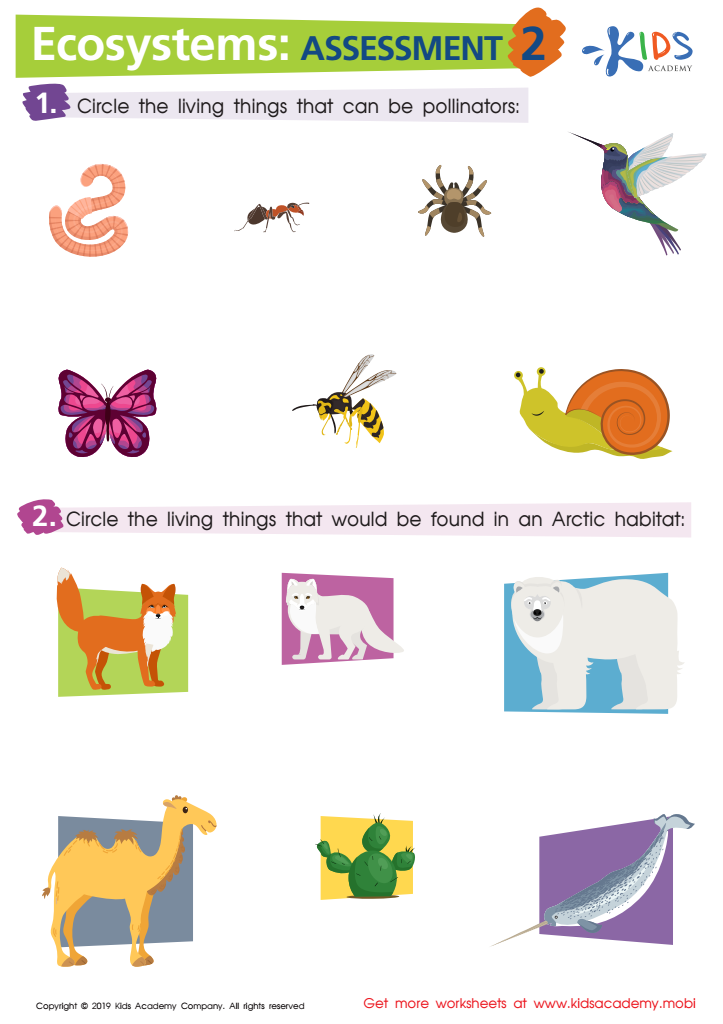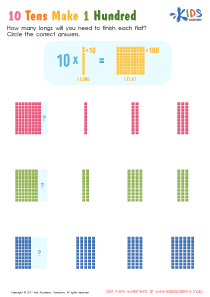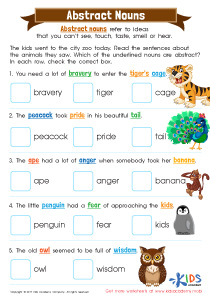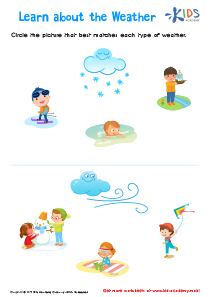Normal Plants and Animals worksheets activities for 7-Year-Olds
1 filtered results
-
From - To


Ecosystems: Assessment 2 Worksheet
Normal Plants and Animals worksheets activities are essential tools in the educational journey of young learners, providing a structured and interactive method to explore the wonders of biology. These activities are designed to foster a deep understanding and appreciation of the natural world, paving the way for a lifelong interest in science and conservation.
First and foremost, Normal Plants and Animals worksheets activities make learning fun and engaging. By incorporating a variety of tasks such as coloring, labeling, matching, and puzzle solving, these worksheets cater to different learning styles and keep students interested and motivated. This interactive approach helps students retain information more effectively, turning abstract concepts into tangible knowledge.
Moreover, these activities are pivotal in developing critical thinking and observational skills. Students are encouraged to notice patterns, make connections, and draw conclusions about the natural world. For instance, by comparing and contrasting different species, learners develop a deeper understanding of biodiversity, evolution, and ecological relationships.
In addition to cognitive benefits, Normal Plants and Animals worksheets activities nurture a sense of responsibility and care for the environment. Through learning about various plant and animal species, including their habitats and roles in ecosystems, students become aware of the importance of conservation efforts. This early awareness is crucial in shaping future citizens who are environmentally conscious and willing to advocate for sustainable practices.
Furthermore, these worksheets are adaptable to various educational settings, whether in classrooms, homeschooling environments, or even informal education programs. Teachers and educators can easily integrate these activities into broader lesson plans on biology, environmental science, or geography, making them a versatile tool in the educational toolbox.
In conclusion, Normal Plants and Animals worksheets activities are invaluable in the educational development of young learners. By combining fun, interactive learning with deeper educational outcomes, these activities lay the foundation for a well-rounded understanding of the natural world, fostering future generations who are knowledgeable, curious, and caring about our planet.
 Assign to the classroom
Assign to the classroom












